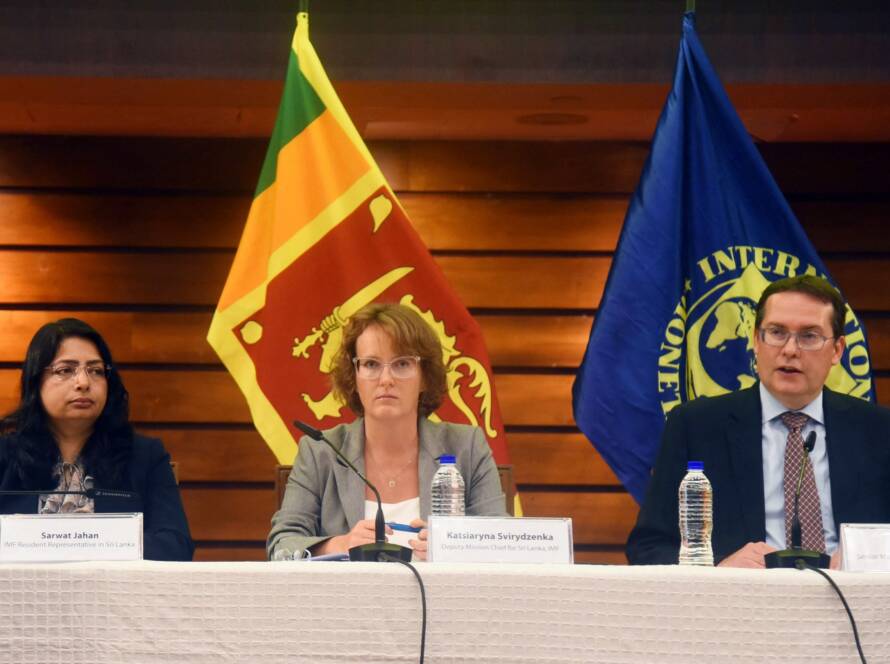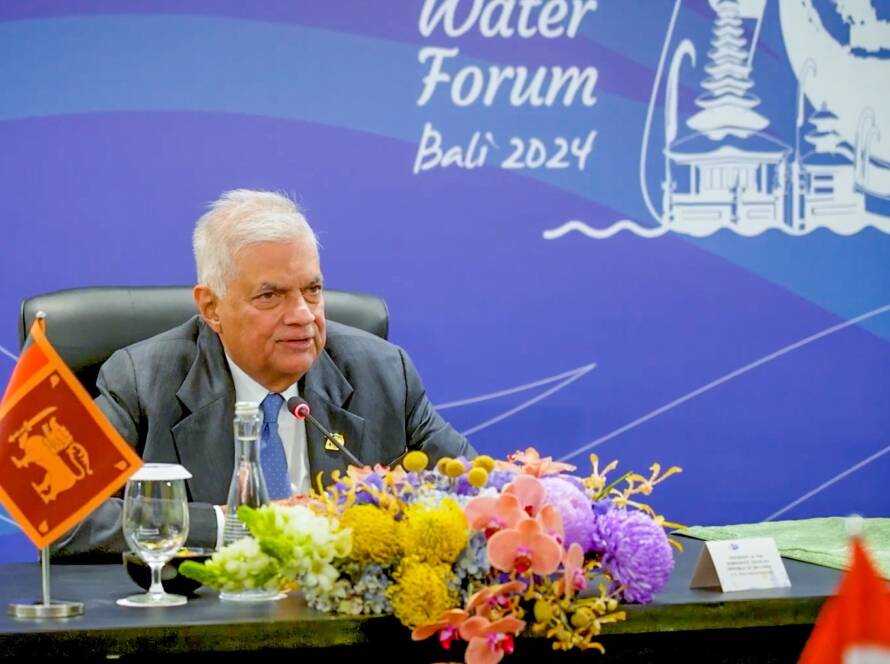By Britney Martil
In the serene landscapes of Sri Lanka, a dark reality persists beneath the surface, where the laughter of children is silenced by exploitation and deprivation. The term “child labor” takes on an alarming interpretation since it refers to employment that destroys the innocence of childhood and jeopardizes their potential and dignity. Child labor in Sri Lanka is considered dangerous, physically demanding, and morally damaging to children. It appears in many different industries and forces many helpless children into a life far apart from the delights of education and enjoyment.
In Sri Lanka, young children work tirelessly in the informal agricultural sector, tending to crops and working in family businesses under often hazardous circumstances. Children are forcibly kidnapped to work in the fishing sector in the coastal regions, especially in the North, East, and West, where they are subjected to verbal and physical abuse at the hands of their employers.
Another depressing aspect of child labor is found in urban areas, where children are caught in the shadows of domestic work. These children’s lives revolve on tasks without breaks or days off, working an astounding twenty hours a day, seven days a week, for little to no pay. They are brutally denied the chance to pursue their studies and build a better future. In the busy streets of Sri Lanka, a different kind of childhood is being portrayed.
For many young people who live and work on the unforgiving streets, selling goods and begging on the street have been their only means of income. They continue to be exposed to the chains of illegal activities like prostitution because they are struggling to make their livings, especially in regions connected to the tourism industry.
While government organizations may provide legitimate opportunities for child labor, it nonetheless serves as a dark symbol of stolen childhoods, denying young minds the opportunity to education and a chance at a bright future. In this manner, the dreams and aspirations of countless Sri Lankan children hang in the balance, as child labor continues to overshadow their lives.
Legal Framework Governing Child Labor in Sri Lanka
The Sri Lankan government, led by its Constitution and a variety of legislations, has taken a position opposing this serious injustice and is making much effort to safeguard its young people from exploitation and prejudice. The 1978 Constitution of the Democratic Socialist Republic of Sri Lanka serves as the cornerstone of the legal framework of Sri Lanka.
Under Section 12(1), it guarantees the right to equality and non-discrimination, while Article 27(13) of the Directive Principles of State Policy mandates the protection and promotion of children’s interests, ensuring their physical, mental, and social well-being.
These principles led to the creation of the Employment of Women, Young Persons, and Children Act No. 47 of 1956 (EWYPCA), which governs the employment of children and young people as well as their working conditions and hours. The Act defines a child as a person under 14 years and a young person as someone aged 14 to 18 years. To combat hazardous child labor, the EWYPCA Regulation of 2010 outlined a list of hazardous forms of child labor, protecting children above the minimum age of employment.
This action complies with Sri Lanka’s obligation under Article 3(d) of International Labor Organization Convention, which was ratified in March 2001. In addition, other national laws, including the Prevention of Domestic Violence Act No. 34 of 2005, the Youthful Offenders (Training School) Ordinance No. 28 of 1939, and the National Child Protection Authority (NCPA) Act No. 50 of 1998, serves important roles in addressing the most prevalent types of child labor as well as child labor in the informal sector.
Furthermore, the Factories Ordinance No. 45 of 1942 and the Shop and Office Employees Act No. 19 of 1954 address provisions that shed light on eliminating and preventing child labor along with Sections 360A, 360B, and 288A of the Penal Code, which also forbid actions connected to prostitution, including those in which children are involved. Sri Lanka has made commendable progress in addressing child labor through its Compulsory Education Act No. 1 of 1998, reinforcing the country’s free education policy.
This act raises the compulsory attendance age from 14 to 16 years, ensuring that more children have access to education and fewer succumb to the lure of child labor. Despite these attempts, problems still exist, particularly in the informal industry. Therefore, a focused and cooperative effort is required to make a revolutionary impact and end the worst types of child labor. To safeguard Sri Lanka’s most vulnerable population; its children, ministries and governmental departments must collaborate and coordinate their efforts.
Creating a Bright Future: Eliminating Child Labor in Sri Lanka
As a society, it is incumbent upon us to come together, driven by compassion and resoluteness, to eradicate child labor and chart a course towards a radiant tomorrow for our children.
The significance of preventing child labor cannot be overstated, for it lies at the core of safeguarding the well-being, dignity, and potential of our most valuable asset, the future generation. To achieve considerable progress, authorities must rigorously enforce laws and increase penalties for violators. Strengthening legal frameworks and aligning them with international standards will send a clear message that child labor will not be tolerated.
To accomplish the mission of eliminating child labor and creating a bright future for the children of Sri Lanka, a multi-faceted approach is essential. The following steps can be taken:
Promoting Accessible Education: Make education a top priority by rendering it free as well as mandatory for all children up to the age of 16. Make academic opportunities available to all children, especially those in marginalized communities, by making investments in educational infrastructure, training for teachers, and technology.
Strengthening Child Protection Mechanisms: Establishing an efficient child protection system involves cooperation with the National Child Protection Authority (NCPA) along with relevant government organizations. This involves expediting child labor proceedings and offering impacted youngsters counseling and rehabilitation programs.
Alternate Livelihood Opportunities: Offering families who depend on child labor alternatives to their current means of subsistence will bring an end to the cycle of exploitation. Supporting entrepreneurship and small-scale businesses in rural areas may provide parents viable possibilities for making a living without resorting to child labor.
Addressing Poverty and Socioeconomic Disparities: One of the main causes of child labor continues to be poverty. Therefore, Sri Lanka must prioritize reducing poverty and uplifting underprivileged populations if it intends to end this cycle. By implementing social welfare programs, providing vocational training, and creating income-generating opportunities for adults, families will be more equipped to support their children’s education instead of relying on their labor.
Public-private partnerships: Successful cooperation between the public and private sectors has the potential to fundamentally alter the course of the battle against child labor. Businesses should encourage ethical business practices and establish supply chains free of child labor. The government can reward businesses who abide by child labor laws and penalize those that do not.
Children in Sri Lanka hold the key to the country’s future, and it is our joint duty to make sure they are free to dream, learn, and develop without being constrained by child labor. By prioritizing education, enforcing laws, empowering communities, and addressing socioeconomic inequalities, we can create a bright future for our children. Together, let us unite in our commitment to eliminate child labor in Sri Lanka, creating a society where the innocence of childhood is cherished, and every child can flourish and contribute positively to the nation’s progress.
Britney Martil is a law student at the Kotelawala Defence University. With a passion for justice and equality, she is determined and dedicated to fighting against all forms of injustice.
Factum is an Asia Pacific-focused think tank on International Relations, Tech Cooperation, and Strategic Communications accessible via www.factum.lk.
The views expressed here are the author’s own and do not necessarily reflect the organization’s.


